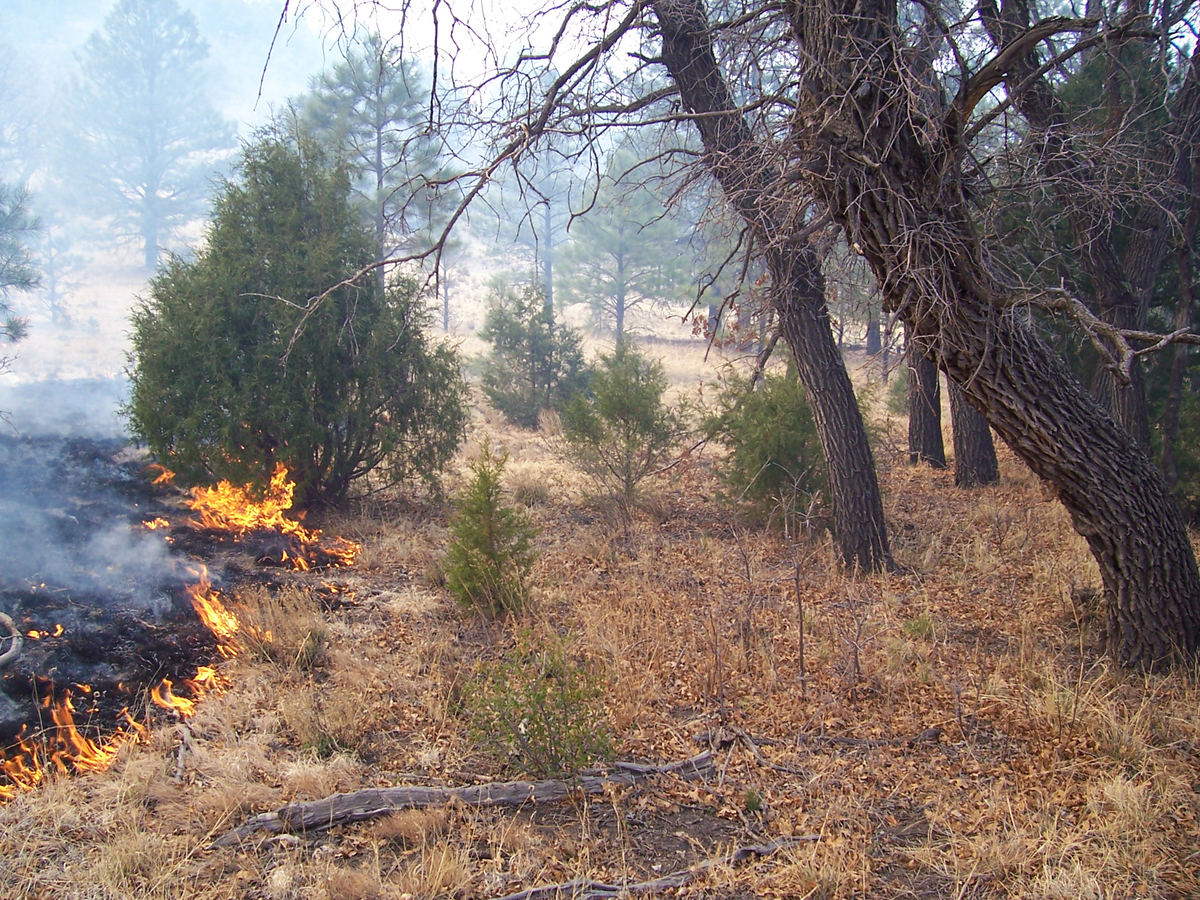Below is a news release from Montana Fish, Wildlife & Parks.
A 275-acre prescribed burn is planned for the Threemile Wildlife Management Area (WMA), located northeast of Stevensville in the Bitterroot Valley, beginning this week.
The objectives of the prescribed burn are to enhance wildlife habitat and reduce fuel loads. The burn is expected to occur from now through mid to late October, and residents and visitors should expect to see smoke periodically.
Prescribed fire is a short disturbance for long-term benefits of fuel reduction and wildlife habitat enhancement on the WMA, and this particular project was proposed as part of phase 2 of the Threemile WMA forest habitat work, approved by the Montana Fish and Wildlife Commission in 2019.
Specific project objectives are focused on enhancing forage for big game wildlife, restoring open forest conditions dominated by ponderosa pine, and reducing fuel loading. The treatment is aimed at creating a condition that would allow fire to burn at a low severity appropriate for the habitat type, reduce susceptibility to bark beetle infestations, and promote aspen growth and regeneration.
The project is a cooperative effort between Montana Fish, Wildlife & Parks, the Bitterroot National Forest, and the Montana Department of Natural Resources and Conservation. Funding for this habitat management work was provided by FWP and grants through the Rocky Mountain Elk Foundation.
Smoke from Threemile WMA will be visible from many places in the Bitterroot Valley, including from Highway 93. The project is weather dependent, but burning is expected to start this week with most complete prior to the start of the general deer and elk season (October 21, 2023).
Early fall is a typical time for prescribed burns to occur region-wide, so recreationists and residents could expect to see smoke from other public lands as well. To minimize smoke impact on communities, the exact timing of the burns will depend on weather, fuel moisture levels, and air flow.
(Photo credit: Rocky Mountain Elk Foundation)
